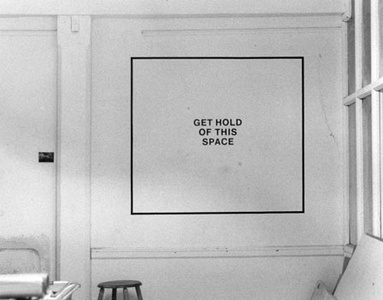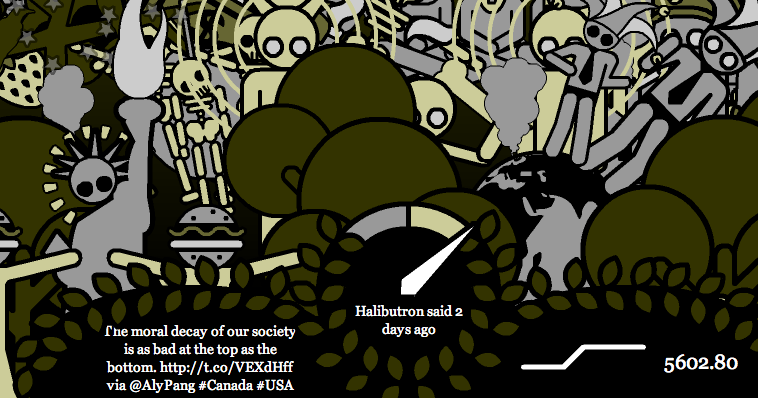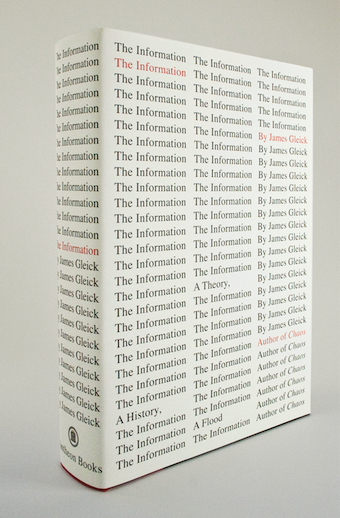The New York Times now has an article on the Criminal Intent project I was part of. See, Old Bailey Trials Are Tabulated for Scholars Online. They quote a historian who is sceptical of the results of mining, though he appreciates the resource.
“The Old Bailey Online project has done a great service in making those sources widely (and costlessly) available,” Mr. Langbein wrote in an e-mail. But he complained that the claims about data mining have “a breathless quality: ‘you can expect big things from us,’ but as yet it’s all method and no results.” He said that the new findings belittle the work of a generation of scholars who focused on the 18th century as the turning point in the evolution of the criminal justice system.
Alas, he seems didn’t read our report, but the summary in the Chronicle. It is easy to use cute phrases like “breathless quality”, but is he right? Time will tell, but I think the historians on our team have backed up the results found with mining and they never belittled the work of previous scholars – we saw ourselves building on it.
What can mining do? I think mining can give you a big picture so that you see the forest rather than trees in a way that no one could before. Conclusions about the shape of the forest have to be checked against other evidence, but the results of mining is evidence that is not breathless even if it takes your breath away. As Bill Turkel put it,
Mr. Turkel, who developed some of the digital tools, said that data mining reveals unexpected trends and connections that no one would have thought to look for before. Previous scholars “tended to cherry-pick anecdotes without having a sense that it was possible to measure all of that text and treat the whole archive as a single unit,” he said.
Of course, if you then leverage traditional evidence to buttress your argument then the mining is forgotten or trivialized.




